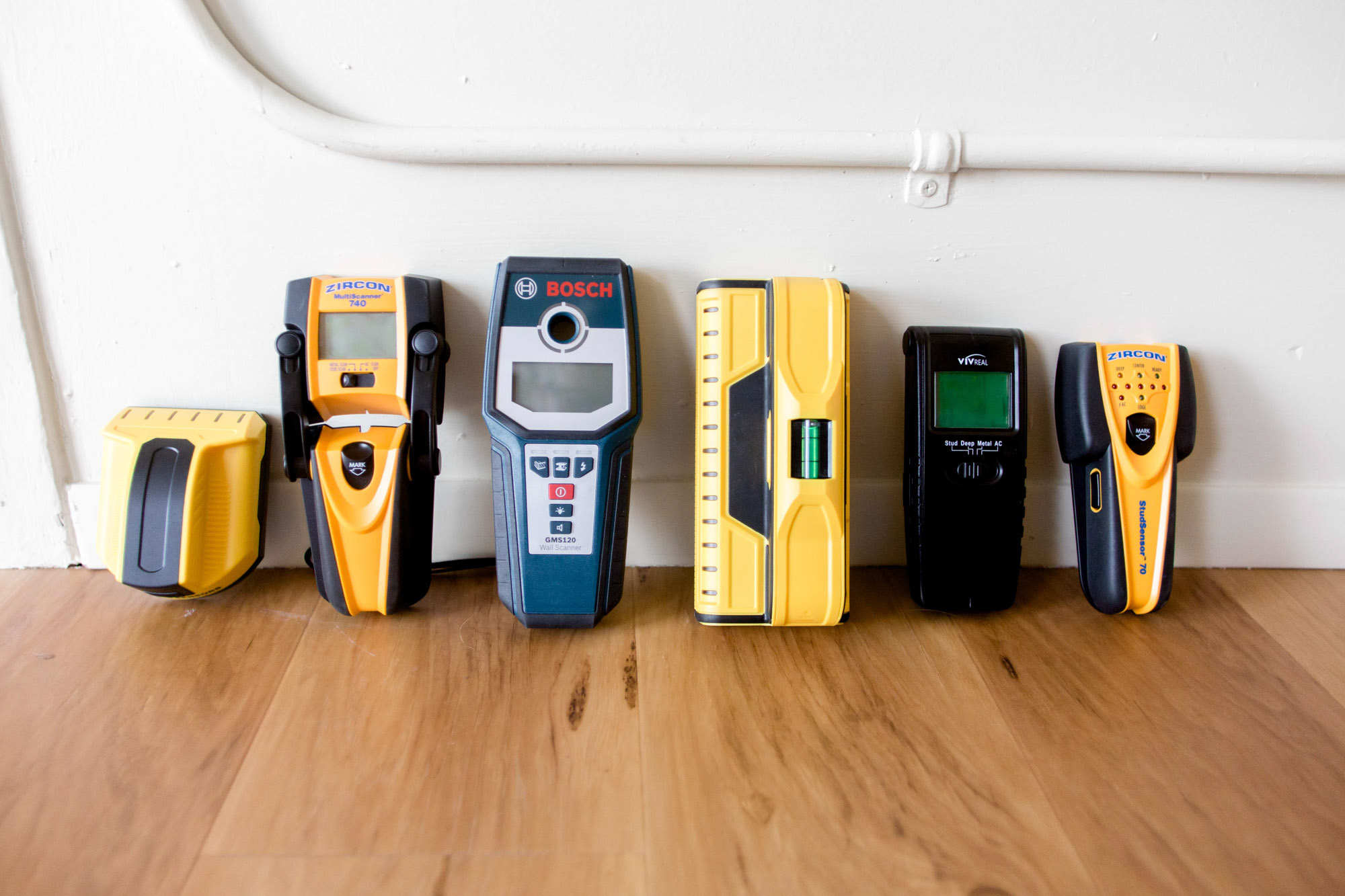They are normally handheld devices which are used to sense where the material behind the device is denser. The attraction grows stronger as the magnet gets closer to the metal in the walling.

7 Best Stud Finders In 2020 For Drywall Plaster Tile And
How do magnetic stud finders work. Theyre incredibly useful and you can find a huge range of them online. If your project is valuable or heavy its best to use. Stationary magnetic stud finders. A simpler stud finder on the other end of the scale simple often rules the day. Thats the case with the studpop magnetic stud sensors. Just like a metal detector the magnetic stud finder actually locates the studs support beams within the walls by detecting the beam itself if it is made out of metal.
Magnetic stud detectors use magnets to locate metal in the walling material because the magnet is attracted to the metal. Some magnetic stud finders have a notched base ergonomic design and an inbuilt level for convenient usage. Electronic stud finders changed all that. Many modern magnetic stud finders include a probing pin that helps narrow down the position of a stud in the wall. They give you an amazingly accurate view into the wall and show you exactly where each stud is. The magnet would help you find nails that had been driven into a stud.
8 things to consider about how to use a magnetic stud finder. By measuring the electrostatic field of a wall and detect slight differences in the flow of electrons stud finders detect the relative change in density and thereby studs showing the best place to drive that nail. The strongest attraction point if due to a metal fastener in the wall should indicate the location of a stud. Stud finders are little devices used to locate the beam of wood metal wiring running through drywall so you can find something strong to screw things too. When you expose the stronger studs within the wall it makes it easier to mount sturdy electronics like a large led tv. The magnet technique is slow.
Before there were stud finders either you pounded a small nail into the wall until you hit a stud or you used a small pivoting magnet. These little beauties simply locate the screws or nails that hold the drywall to the stud. Some of the devices use magnetic fields to detect nail heads in the studs or to scan for wires. Magnetic stud detectors set the stage for the explosion of other technologies. The first technique works but it damages the wall. A magnetic stud finder will read screws and nails behind the wall but whether or not these are dead center still requires some guesswork.
Although some studs are made out of wood the magnetic stud finder can still locate them by detecting the metal nails or screws that are lodged in the beams. Magnetic stud finders how they work. Stationary magnetic stud sensors run on a small immovable magnet to detect. That attraction becomes stronger when the magnet becomes closer to the metal in the wall. When the magnetic stud finder works the magnet is attracted to the metal and we get a reading or indication on any magnetic stud finder. The magnetic stud finders are very popular all over the world and their primary purpose is using the magnets to locate metals in the walling material.


















